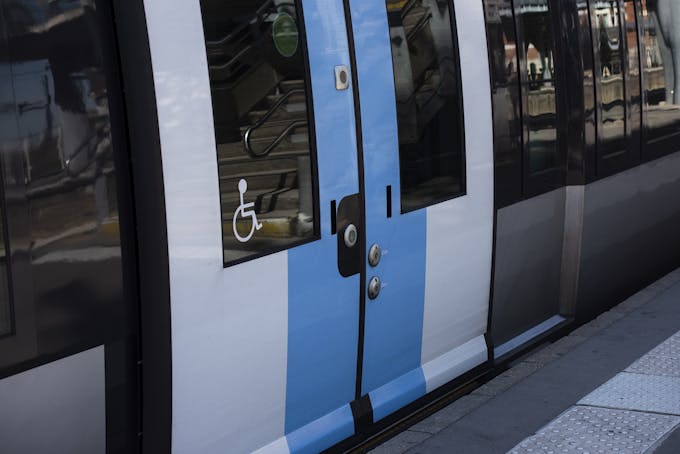Paris 2024 Games: what legacy for transport in Île-de-France?
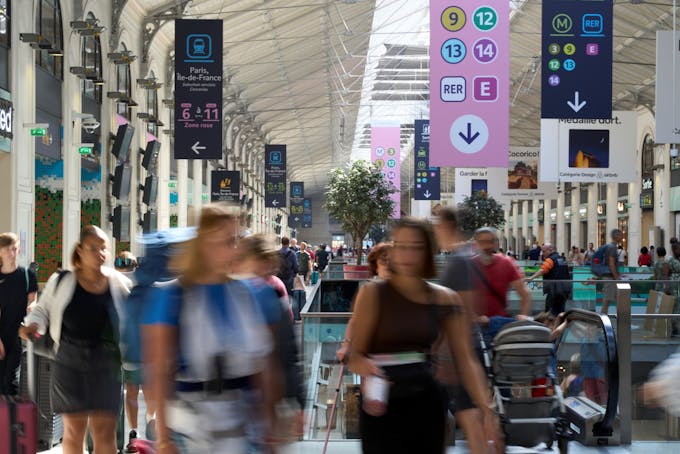
Olympic and Paralympic Games 100% served by public transport? This is the crazy bet that Île-de-France Mobilités and its operators have responded to this summer. A historic challenge, taken up thanks to work to modernise and coordinate the network, as colossal as it is meticulous, anticipated over many years.
Beyond the numbers and the 4 million passengers transported every day throughout the region, the Paris 2024 Games have accelerated the revolution in transport in the Paris region, leaving behind a lasting legacy for the millions of daily passengers.
Paris 2024 Games, what is the legacy of public transport in Île-de-France?
Metro, RER, tram, your lines are playing for extensions
- The airport at the gates of the metro : in 2024, metro line 14 was extended between Saint-Denis Pleyel in the north and Orly airport in the south, which is now 25 minutes from Châtelet
- The RER E has arrived in Nanterre : the line has been extended between Haussmann - Saint-Lazare and Nanterre - La Folie, putting La Défense just 11 minutes from the Gare du Nord
- Rosny-sous-Bois is getting closer to Paris : metro line 11 has extended its run between the former terminus of Mairie des Lilas and the Rosny Bois-Perrier station, which is now 24 minutes from Châtelet (compared to 55 minutes, previously)
- Line 12, a new terminus in Seine-Saint-Denis : metro line 12 has pushed back its terminus to Mairie d'Aubervilliers (93)
- The T3b connects the Porte d'Asnières to the Porte Dauphine : the T3b tramway now connects the Porte d'Asnières (Paris 17th) to the Porte Maillot (Paris 16th)
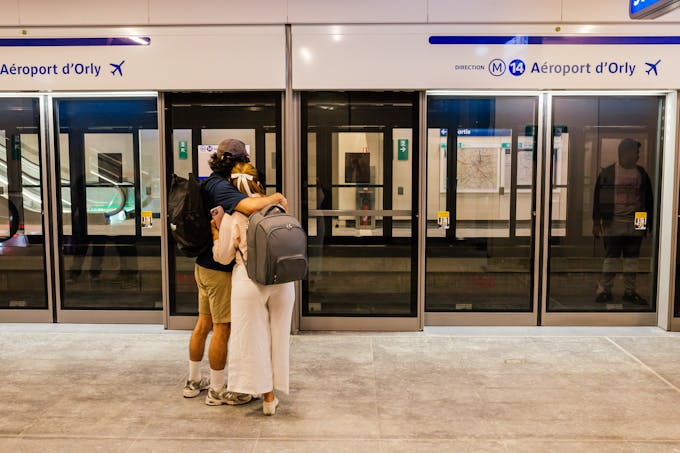
Modernization: the future of your transport is coming now
1200 new or renovated metros, trains and RER trains since 2016
Regio 2N, RER NG, MP14... These names don't mean anything to you? And yet, these are the models of the 1200 trains, RER and metros, renovated or new, that arrived on your lines between 2016 and the Paris 2024 Games.

Ticketing and information more adapted to the daily lives of passengers
- Metros, real-time traffic information, indications of the number of people on board, increased font size and relief making information more accessible... Multilingual screens have been installed on the platform on some of your lines
- Simple and paperless ticketing : no more queuing, since spring 2024, you can buy your tickets, recharge your Navigo subscriptions or validate on public transport, directly with your Apple and Android smartphones.
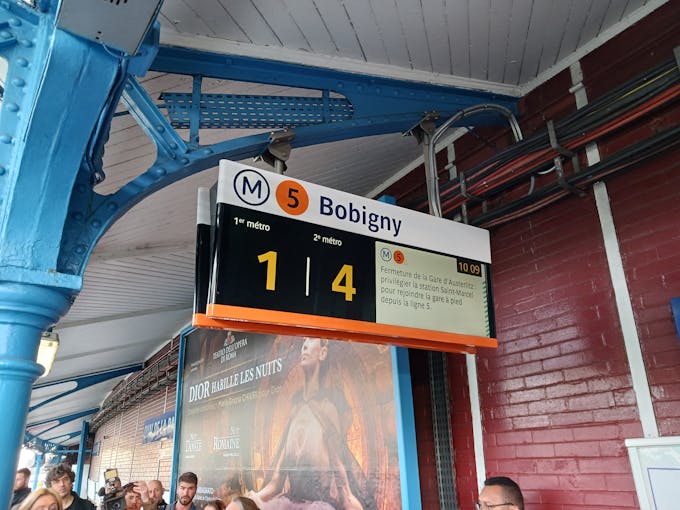
Investments for ever safer travel
- 80,000 surveillance cameras installed on your network : their images are sent in real time to the Coordination and Safety Center (or CCOS). Located in the heart of the Paris Police Prefecture, the CCOS brings together staff from the Police, the gendarmerie, soldiers from Operation Sentinelle, Île-de-France Mobilités, RATP and SNCF. The aim of this shared security centre? Reduce network incidents.
- Creation of the Regional Transport Brigade : this brigade, created in the spring of 2024, and with 50 agents, will have about a hundred by 2025. Its missions: to fight against drug dealing and street vending on public transport
- New recruitments for more security : the current teams have seen their ranks swell with 16 sniffer dog brigades assigned to the management of abandoned luggage, added to the 50 existing ones, and 200 police officers from the national police in addition to the more than 4,000 people who contribute to the safety of travelers on the network
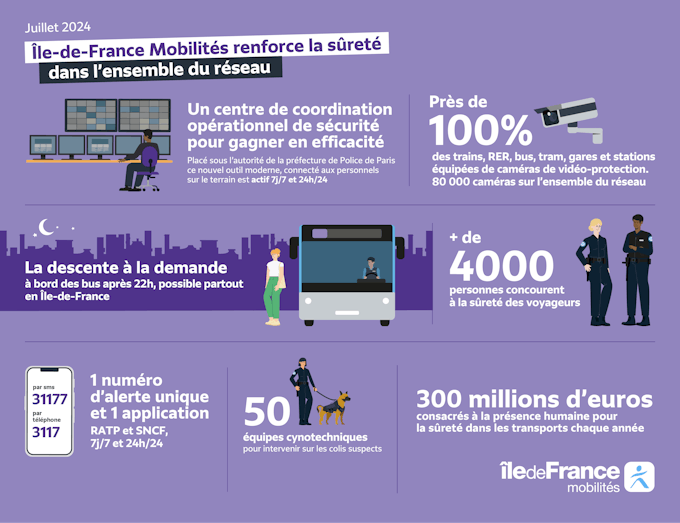
Accessibility, a mobile Île-de-France for all
In terms of accessibility, the acceleration is real. The number of accessible stations, trains and RER trains has increased fivefold (nearly 300 stations made accessible). On the surface network: 100% of buses and trams are now accessible.
The "Metro for All" project
As ambitious as it is obvious, the "A metro for all" project wishes, within 20 years, to make Parisian transport 100% accessible to people with disabilities and reduced mobility. A consequent transformation and an ambitious policy, which requires the support of the Île-de-France Region (which has given its approval), but also that of the State and the City of Paris, to carry out one of the largest transport projects of the coming decades.
